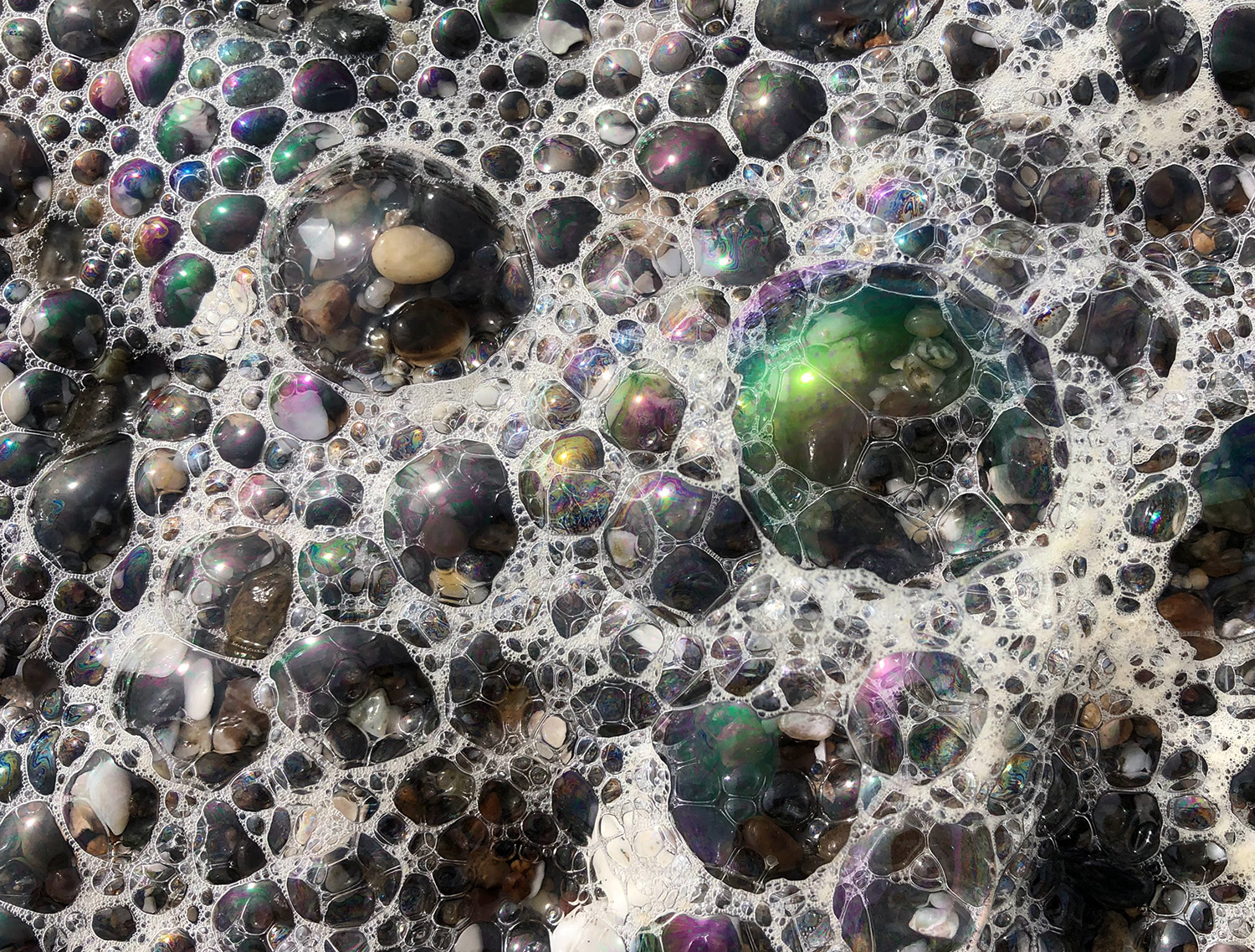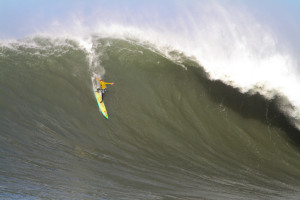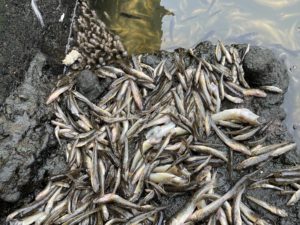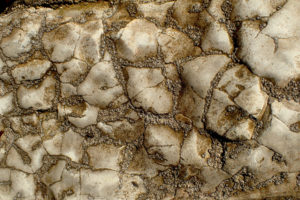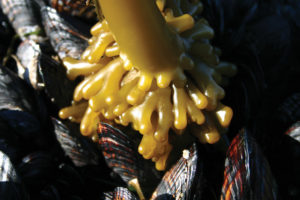As I traipsed barefoot along Ocean Beach’s chilly February sand, ankle-high clumps of spume trembled in the breeze along the tideline, drawing me toward the surf. Upon closer inspection, the mounds of froth revealed millions of bubbles, each one’s surface transforming the gloomy gray daylight into a glistening kaleidoscope of greens, pinks, blues, and golds.
I crouched down and stared at the twirling colors, mesmerized. Then the largest of the bubbles burst, and I became entranced by the ephemeral drama of the foam’s demise. Larger bubbles popped first, and soon only the smallest remained, fizzling away in their rainbow riot until the entire phenomenon (and my feet) were engulfed by an incoming wave.
Particularly in winter and early spring, strong winds and churning waves whip up ocean surf like seawater latte foam, making sudsy blobs a more common sight on the California coast. Many beachgoers may find gobs of foam concerning, especially if they’re red or brown instead of white, or smell like decay. While some sea foam contains pollution or toxins from harmful algae blooms (also known as red tides), most of it is harmless to humans and their companions.
“It’s really not dangerous,” says Raphael Kudela, a UC Santa Cruz ocean sciences professor who specializes in phytoplankton. “If you touch it, or you’re swimming in it, or when your dog runs through it, if you just wash it off, it’s fine.”
There are various kinds of natural sea foam at the beach. One is the delicate foam that fizzes on the edges of surf and crests of waves. It’s made of dissolved carbohydrates shed by kelp, and it’s gone in a blink. Then there are the thicker clumps of foam that fascinated me that day: they linger on beaches, float on gusts of wind, or even build up into drifts, like salty snow. This foam is an algal bubble bath—most often appearing after dinoflagellate blooms. Phytoplankton are the foundation of the ocean’s food web, all the way up to whales and commercial fisheries. When a phytoplankton bloom crashes, billions of tiny organisms perish, leaving behind the dissolved remnants of their bodies—such as proteins and lipids—mixed into the water.

Now it’s time for some bubble chemistry.
Some of the organic materials left over from phytoplankton blooms act as surfactants––long molecular chains that can stick to each other side by side to form a layer. (Detergents and soap are our most familiar surfactants.) Layers of surfactant molecules sandwich a thin film of water. The sandwich becomes a bubble’s wall.
These sandwiches form because each surfactant molecule has two very different ends. One end of a surfactant’s chain plays nice with water (also known as being ‘hydrophilic’), while the other end—the lipid side of the molecule—repels water (it’s ‘hydrophobic’), and will interact with anything else, including dirt, oil, and air.
Waves from winter storms and high winds churn air into the ocean and lather up surfactants in the surf. The surfactant molecules attract each other and line up into those sandwich layers, with their thin film of water trapped in the middle. The sandwiches lower the surface tension of the water trapped inside them, making the bubble’s surface more elastic.
When two or more bubbles meet, their surfaces merge, deforming their surfaces from their usual sphere shape into crowded, three-dimensional polygons. Huddled together, these bubbles form clumps of foam.
“The most straightforward analogy is when you take egg whites and whip them into a nice meringue,” says Kudela. Proteins in egg whites (like proteins from dead phytoplankton) act as surfactants and form bubbles when air is churned into the liquid, creating your foamy pie-topper.
The showy display of rainbows, meanwhile, has to do with the bubbles’ sandwiched film of water. The inner and outer surfactant surfaces split incoming light waves into different colors the same way you’d see on an oil slick, or the iridescent curve of an abalone shell. The colors swirl as gravity tugs down on the sandwiched water, changing the thickness of the bubble surface to reflect different colors of light.
Next time you’re at the beach and spot a thick clump of froth, fear not. Take a moment to peek into the fleeting world of sea foam, the shimmering afterlife of the ocean’s productive plankton.

